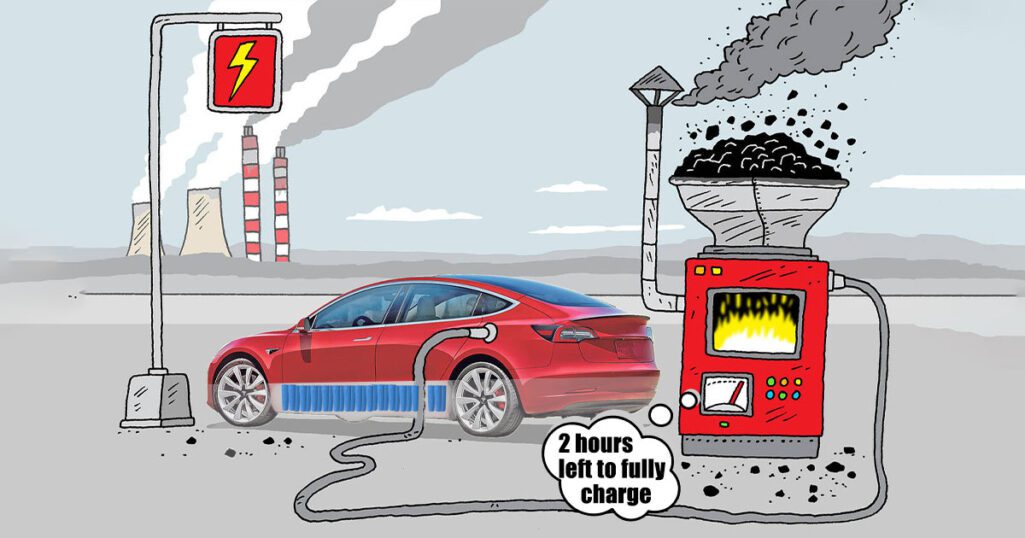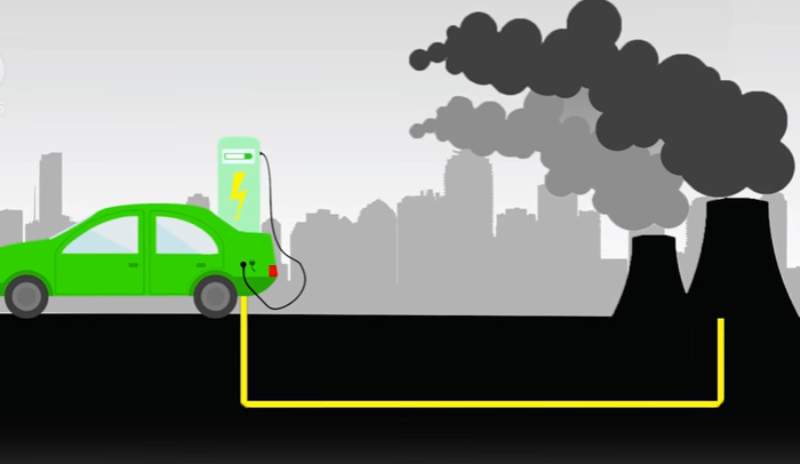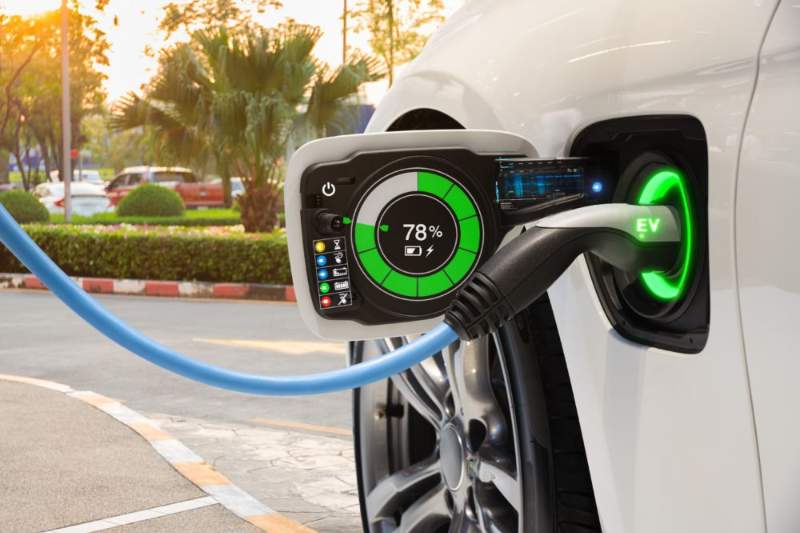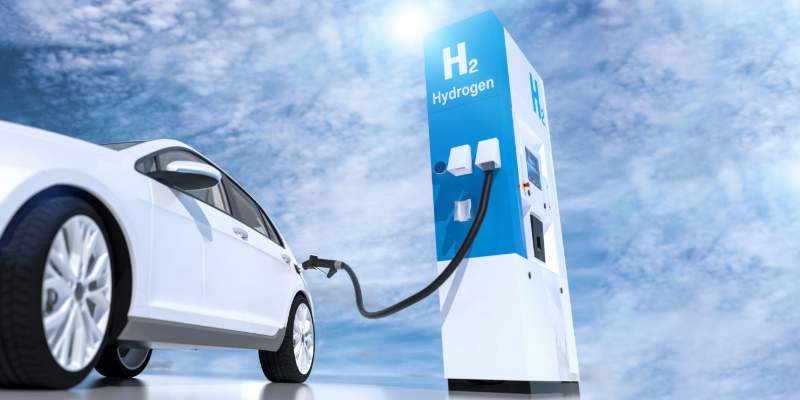
It’s easy to get the sense that electric vehicles are clearly the way of the future just by walking in the town. As a result of Tesla’s rapid share price rise, Elon Musk momentarily became the richest man on Earth, and the firm declared its first profitable year since its inception in 2003.
Charging stations and solar farms are also being installed by municipalities, which are also expanding their fleets of Evs. Ford and GM, as well as direct competitors to Tesla, like Lucid, are committing to phase out gasoline-powered vehicles and solely create electric vehicles from as early as 2035.
Does this mean that the future is going to be all-electric? Possibly not. Fear of carbon emissions and a desire to minimize them are the primary driving forces behind this market push. But is this enough for the switch?
However, there are alternative methods to achieve these objectives, and electric cars aren’t as environmentally friendly as they appear at first glance. Let’s find out why EVs might not be the future of transportation.
EVs and Environment Concerns

Compared to fossil fuel-powered vehicles, they are cleaner over time. However, just because your car isn’t emitting any pollutants doesn’t imply that it hasn’t had an influence on the environment.
CO2 emissions from automotive manufacturing account for 5% to 10% of a vehicle’s lifetime CO2 emissions. And here comes the problem with electric vehicles.
The batteries in electric vehicles put them at the top list affecting the environment. Like all car parts, those batteries will need to be replaced after some time if you want to keep your car on the road.
But we should mention though that Tesla had at least made an effort to either extend the life of its lithium-ion batteries or even recycle them. However, the problem doesn’t stop here. Once the car is on the road, it will require some form of power source to keep it moving.
Fossil fuels still provide a reliable means of moving from point A to point B around the world. On the other hand, this is not the case with electric vehicle charging stations that many places around the world still lack.
Lower Range

Electric vehicles may be used in a range of places and conditions. As long as you’re careful with your charging, you won’t find yourself stuck midway through your daily route.
It’s true that many people have trouble keeping an eye on their gas gauge, but the consequences of running out of petrol aren’t as serious as an empty battery. It’s always possible to reach the nearest gas station, fill a can with gas, and have enough power to bring to your car and continue your trip.
On the other hand, a Tesla with a dead battery is a headache. It requires the use of a tow truck to move it to the nearest station or find some electricity generator to charge it.
Of course, Tesla will do everything it can to alert the driver when it’s time to recharge. It will also show nearby charging stations that are still within reach while reducing its speed to preserve more power.
Then there’s the issue of range. Some Tesla models have a 400-mile range, and electric competitor Lucid claims to break the 500-mile threshold.
As long as you’re not the person with usually long trips, that’s perfect for everyday use. For extended road journeys, though, it isn’t the best option.
Despite the fact that not everyone needs to travel from New York to Florida in one go, those who do would instead love to spend five minutes filling a tank than spend hours waiting for their battery to charge.
Better Alternatives?

Currently, hydrogen-powered vehicles and plug-in hybrids are the front-runners. However, there are environmental concerns with hydrogen extraction technologies compared to electric, mainly because they use a lot of energy. Maybe this is one of the reasons why we don’t have more hydrogen cars.
Additionally, it’s the most expensive of the three choices. There is still a long way to go before hydrogen extraction technologies, and hydrogen-powered automobiles become popular.
The advantage of this technology is that you can replenish your tank with real gas (hydrogen) in approximately the same amount of time as it takes to refill your current tank with “gasoline.” Plus, our supply won’t run out any time soon because it’s the most plentiful element in the universe.
Hybrids are also a possibility. A typical hybrid powertrain can be fueled by gasoline and battery power to extend your range. It’s an easy-to-understand idea that actually works.
It is still more environmentally friendly than standard vehicles, but not much as all-electric or hydrogen. Fueling takes around five minutes, much like refueling your regular car.
If you’re looking for a vehicle that combines the advantages of an electric car with the flexibility of a gas-powered car, plug-in hybrids are an option.
Although electric cars have gone a long way in recent years, many other modes of transportation do not have the same limits. However, they are getting better every year with new technologies, but with these limitations, I see that electric cars might have NO FUTURE!
No comments:
Post a Comment